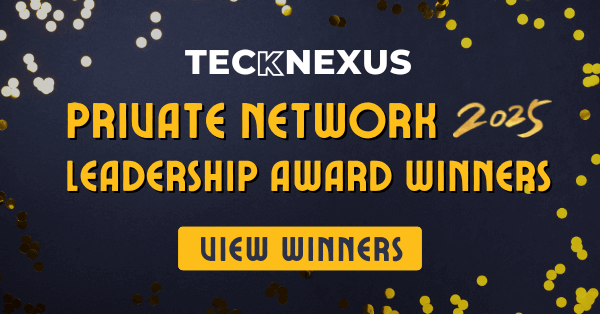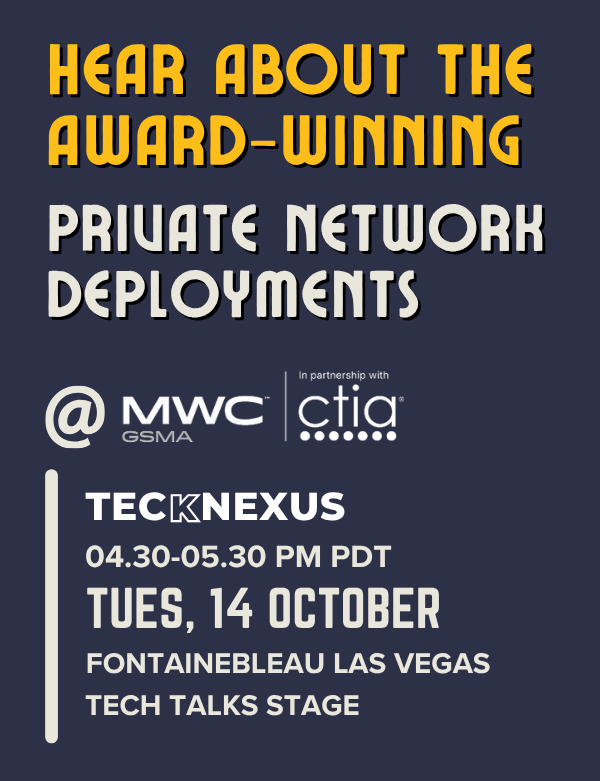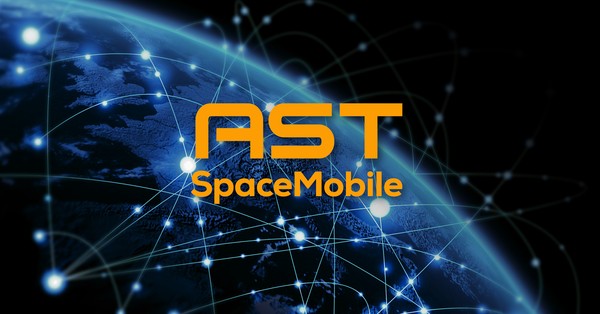As global telecom operators accelerate their digital transformation journeys, the industry’s gaze is fixed on one pivotal shift: becoming truly cloud-native. At the “Cloud-Native Telco 2025” summit, leaders from Orange, Deutsche Telekom, and the Linux Foundation gathered for a high-impact discussion exploring the promise, progress, and path forward for cloud-native telecoms.
What Does “Cloud-Native” Really Mean in Telecom?
One of the industry’s most persistent misconceptions is that cloud-native equals containerization. “The ‘C’ in CNF doesn’t stand for container,” emphasized Philippe Ensarguet, VP Software Engineering at Orange. “It stands for ‘cloud-native,’ and that means decoupled infrastructure, API-first automation, and declarative control.”
Cloud-native, they stressed, isn’t about lifting and shifting workloads into containers. It’s a holistic transformation that enables infrastructure to be:
- Self-healing and observable
- Configurable via declarative models (e.g., GitOps)
- Managed like cattle, not pets
- Orchestrated through Kubernetes-native toolsets
Frank Brockners, Distinguished Engineer at Cisco and board member of the Linux Foundation Networking group, noted that telecom cloud-native maturity requires going beyond traditional IT assumptions. “Kubernetes was built for stateless front-end services. Telco workloads have multiple network interfaces and need to shift packets at high speeds. This is not your average API service.”
Why Cloud-Native, and Why Now?Cisco
The urgency around cloud-native transformation is being driven by both internal pressures and external disruptions. Internally, telcos are struggling with legacy infrastructure that is inflexible, expensive to maintain, and slow to adapt to change. The rise of software-defined networking (SDN), network function virtualization (NFV), and automation pipelines has exposed the inefficiencies of older models.
Externally, hyperscalers and digital-native players are redefining what agility looks like. They roll out new features in days, not years. Meanwhile, regulators are pushing for open, interoperable, and resilient infrastructure that supports 5G and upcoming 6G deployments. For instance, the European Union’s Smart Networks and Services Joint Undertaking emphasizes cloud-native principles as prerequisites for achieving digital sovereignty.
All of this puts immense pressure on telcos to modernize. Those who fail to act risk being marginalized as commodity connectivity providers.
From Telco DNA to Tech DNA: Shifting from Legacy Telecom to Agile, Software-Driven Operations
Kai Steuernagel, VP of Cloud Technology at Deutsche Telekom, captured the strategic ambition: “We want generationless networks. Why do we still talk about 4G and 5G? These are just application updates on cloud-native platforms.”
This transformation demands breaking free from legacy operational structures and deeply embedded silos. Instead of managing static infrastructures and hardware-centric workflows, telcos must adopt practices from modern software engineering:
- Continuous delivery through DevOps and NetDevOps
- Distributed microservices over monolithic stacks
- Cloud-native service exposure via APIs
- Real-time observability and intelligent fault tolerance
As Ensarguet outlined, maturity in this journey can be tracked across three layers:
- Infrastructure – Telcos must deploy secure, scalable Kubernetes environments across core, cloud, and edge.
- Deployment Lifecycle – GitOps and declarative models streamline upgrades, patches, and version control.
- Network Function Workloads – The final frontier. CNFs must be built from the ground up, not merely containerized replicas of VNFs.
Tooling and Open Source: The Enablers
Modern tooling is indispensable to the cloud-native shift. The panelists highlighted several foundational technologies but also emphasized the importance of industry collaboration.
The open-source ecosystem, particularly under the Linux Foundation, is providing the building blocks. Projects like ONAP (for orchestration), CNTT (reference architectures), Nephio (Kubernetes-native automation), and OpenTelemetry (observability) are forming a new telco operating system.
For example:
- Istio and Linkerd provide traffic management, load balancing, and security for microservices.
- eBPF enables real-time visibility and enforcement directly in the Linux kernel—essential for low-latency environments.
- FluxCD and ArgoCD offer GitOps capabilities, allowing network changes to be tracked, audited, and reverted just like software code.
- Prometheus, Grafana, and Jaeger create rich telemetry and tracing dashboards, enabling root-cause analysis and SLA adherence.
This toolchain is crucial for integrating vendor CNFs, automating lifecycle management, and maintaining cross-domain consistency.
Security & Observability in a Cloud-Native Telco
Security is no longer an afterthought—it’s a first-class design principle. In a cloud-native telco, workloads move frequently, autoscale, and operate in shared environments. Traditional perimeter-based models don’t work here.
Cloud-native telcos are adopting:
- Zero-trust security models, where every interaction is authenticated and authorized
- mTLS and SPIFFE/SPIRE, which provide identity and encryption at the workload level
- eBPF and sidecar proxies to monitor traffic and enforce policies without relying on external appliances
Observability ties directly into security. Tools like OpenTelemetry provide standardized data for metrics, traces, and logs, ensuring visibility into every layer. Loki (for logs), Tempo (for traces), and Cortex (for metrics) help build an end-to-end picture of system health and behavior.
Together, these capabilities allow telcos to implement predictive maintenance, automated failover, and secure multi-tenant environments.
Real-World Progress: Who’s Getting It Right?
While challenges remain, several telcos are demonstrating real-world success:
- T-Mobile (Deutsche Telekom) uses containerized network gateways that scale based on demand.
- Rakuten Mobile operates one of the world’s first fully cloud-native mobile networks, achieving significant cost efficiencies.
- Saudi Telecom has implemented full-stack observability and security using declarative automation.
- Orange and Deutsche Telekom, through their work with the Silva project, are advancing GitOps automation across hybrid infrastructures.
These deployments prove that cloud-native architectures are not just possible—they’re pragmatic and profitable.
AI as a Cloud-Native Catalyst
Artificial Intelligence (AI) is both a use case and a catalyst for cloud-native evolution. As Brockners noted, the infrastructure required for AI closely mirrors that of cloud-native telco workloads. Both demand scalable compute, low-latency networking, and fine-grained observability.
In telcos, AI is being used to:
- Predict network congestion and reroute traffic
- Perform anomaly detection for proactive security
- Automate customer experience personalization
- Enable closed-loop orchestration with real-time response
Cloud-native infrastructure makes these applications feasible by allowing models to be deployed, tested, and retrained dynamically. Tools like KServe and Kubeflow are being used to deploy inference workloads alongside traditional CNFs.
Moreover, the concept of the “Internet of Agents” is gaining traction. This refers to distributed AI agents that collaborate across network domains to make operational decisions. For such systems to work, they must be rooted in cloud-native principles: decentralized control, API-based interactions, and shared observability.
Organizational and Cultural Shifts
Technology transformation must be accompanied by operational evolution. Telcos traditionally operate in tightly siloed structures, where network engineers, software developers, and operations teams function independently.
Cloud-native adoption demands:
- Cross-functional teams using shared tools and common pipelines
- Adoption of SRE models, where service reliability is measured, tracked, and improved continuously
- Cultural change toward rapid iteration, blameless postmortems, and continuous learning
For example, NetDevOps workflows now allow engineers to manage network policies using version-controlled code. CI/CD pipelines help operators roll out changes gradually with automatic rollback on failure. These are radical shifts for many telcos, but essential.
Sustainability and the Cloud-Native Advantage
Cloud-native infrastructure also offers a powerful pathway to sustainability. As telcos face rising energy costs and carbon accountability, being able to optimize compute loads and power usage is becoming a competitive advantage.
By dynamically scaling workloads, telcos avoid idle server usage. Edge computing further improves sustainability by reducing backhaul data and enabling localized processing. In the long term, cloud-native telcos can:
- Implement carbon-aware workload scheduling
- Use energy-efficient protocols and dynamic routing
- Monitor environmental KPIs alongside technical ones
Some operators are even exploring Green SLAs, where energy efficiency is guaranteed as part of the service contract.
What’s Next: 2027–2030 Milestones
Looking ahead, the 2027–2030 window is pivotal. This period aligns with:
- The start of 6G commercial trials
- Broader edge cloud proliferation
- Massive IoT scaling and real-time digital twin applications
To be ready, telcos must:
- Finalize their shift from VM-based infrastructure to Kubernetes-native platforms
- Adopt AI-assisted operations (AIOps) at scale
- Establish shared orchestration frameworks with ecosystem partners
Public-private collaborations, such as the EU’s SNS program and open-source consortiums like LF Networking, will be key to standardizing this future.
Final Thought: Cloud-Native is the Launchpad, Not the Destination
As Brockners summarized: “Cloud-native isn’t the goal—it’s the foundation for how we build and operate telecom networks in the AI era.”
This journey is not about technology for its own sake. It’s about enabling smarter, faster, more resilient, and more sustainable networks that can evolve at the pace of digital demand. Cloud-native is the new baseline for innovation.







































